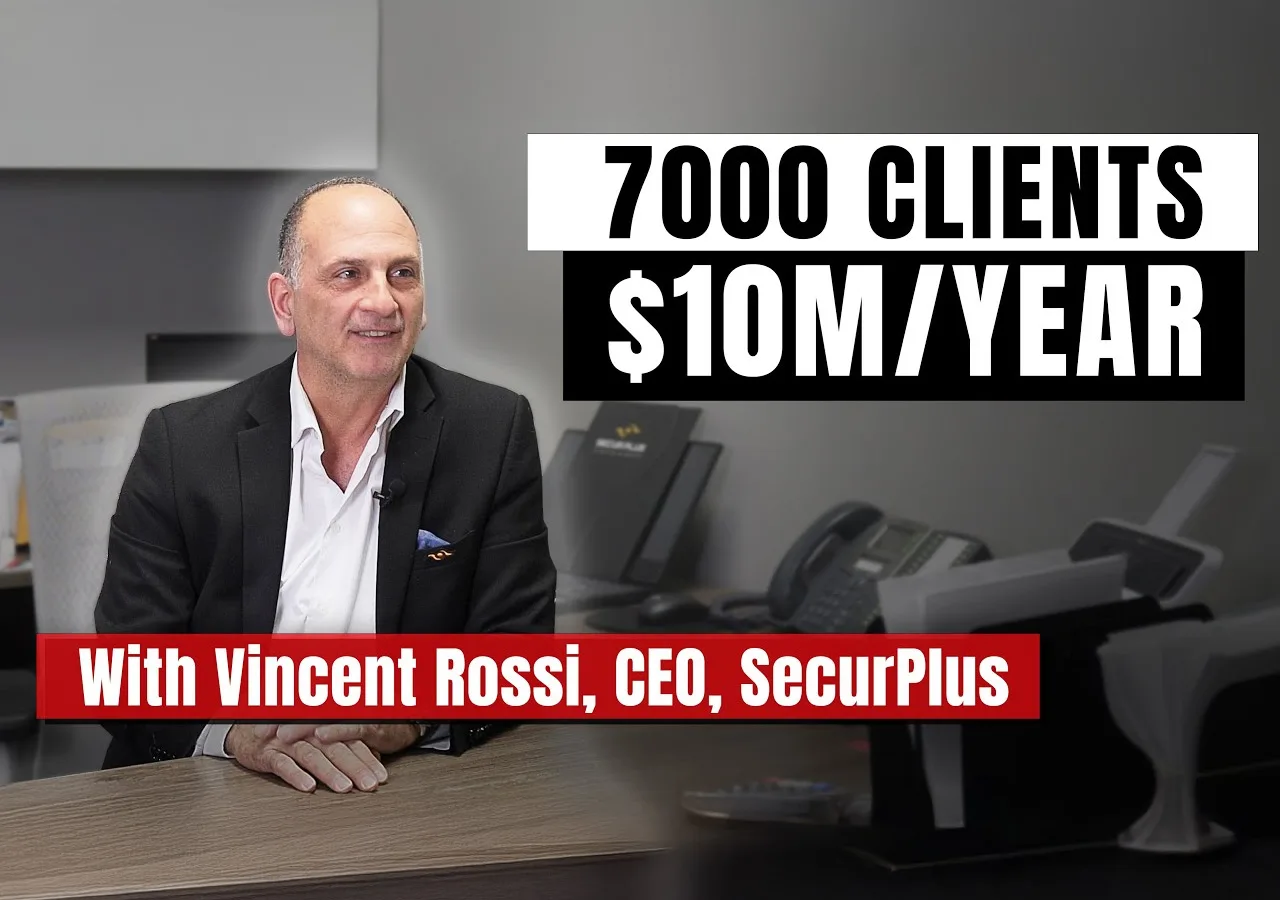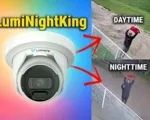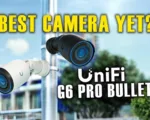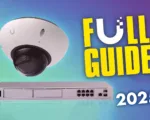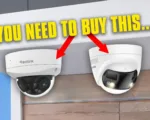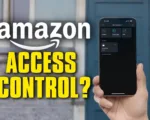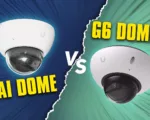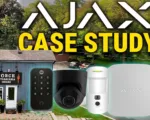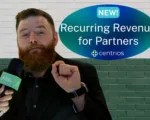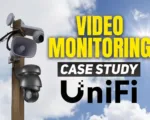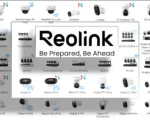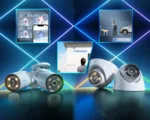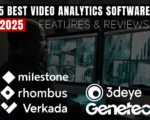In the world of security systems integration, businesses must adapt to evolving technologies and client needs. SecurPlus, founded in 1990 by Vincent Rossi, has grown into a leading player in the industry, serving 7,000 customers with a team of 25–30 employees.
In the Pipl Systems Podcast, host Oleg Bordiian interviews, Vincent Rossi, discussing the company’s journey, business model, and strategies for success. The conversation covers team structure, revenue models, partnerships with manufacturers, and international collaborations.
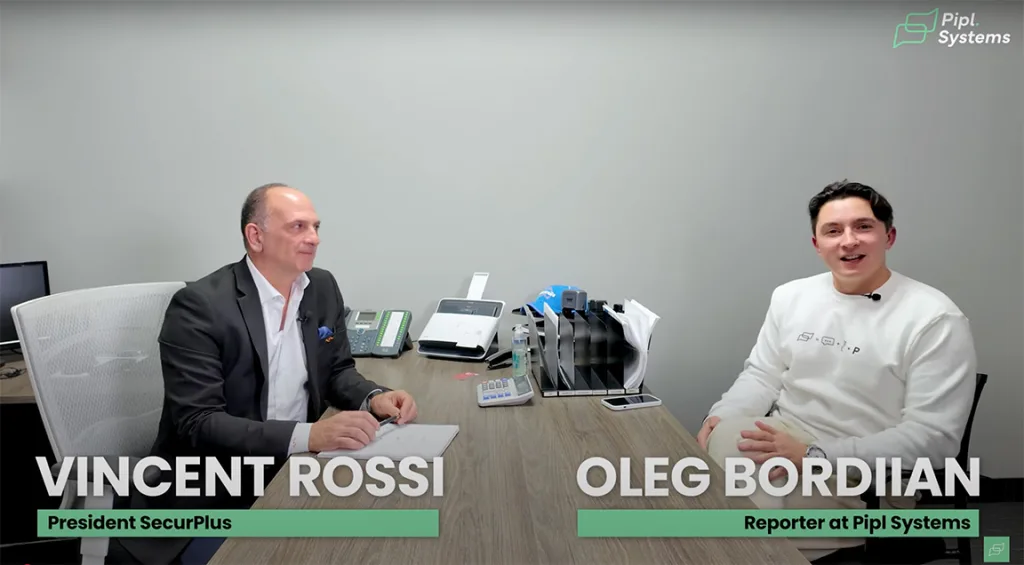
Interview with Vincent Rossi, Founder & CEO of SecurPlus
Introducing SecurPlus
Oleg Bordiian: Vincent, welcome to the podcast! Please introduce yourself and tell us about SecurPlus—when was it founded, and what services do you offer?
Vincent Rossi: Thank you, Oleg! My name is Vincent Rossi, and I am the founder and CEO of SecurPlus. The company was founded in 1990, and over the past three decades, we’ve built a strong presence in the security industry. Today, in 2025, we continue to lead the market, providing top-tier security installation and integration services.
As CEO, my main responsibility is ensuring our employees, customers, and partners are well supported. I listen to their needs, evaluate industry trends, and make strategic decisions to improve our services. We collaborate with top manufacturers such as Motorola, ICT, Inaxsys, Commend, and Aiphone, working together to develop the best security solutions for our clients.
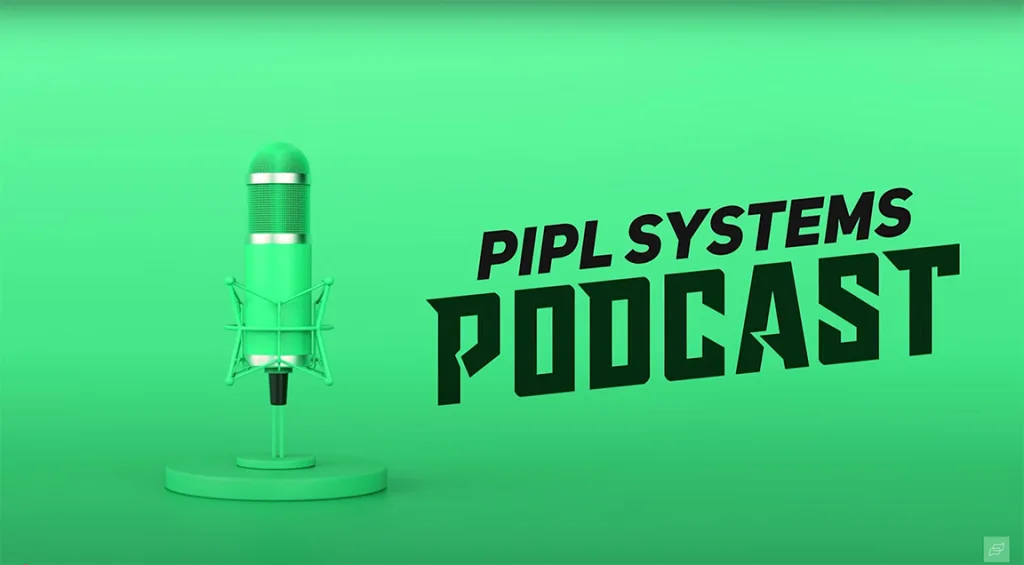
Managing Multiple Roles as a CEO
Oleg Bordiian: So, you’re not just the founder—you’re also the CEO and owner of SecurPlus. What does that role involve?
Vincent Rossi: Exactly. As CEO, I oversee every department, ensuring that our team has the tools and resources they need to succeed. It’s a challenging job—every day comes with new problems to solve—but our teamwork and customer-first approach help us stay ahead.
Our motto at SecurPlus is simple: “Find the solution.” Whether it’s a client issue, an employee concern, or a technical challenge, we focus on delivering practical, effective answers.
Company Size & Team Structure
Oleg Bordiian: Can you give us an idea of SecurPlus’ size? How many employees and technicians do you have?
Vincent Rossi: We currently have 25–30 employees, including around 12–14 technicians handling installations and servicing. Our administrative team includes receptionists, accountants, and service coordinators who manage client requests and schedule technicians.
Our installation department plays a crucial role. Once a job is sold, they handle ordering equipment, analyzing project requirements, and assigning technicians to complete the work.
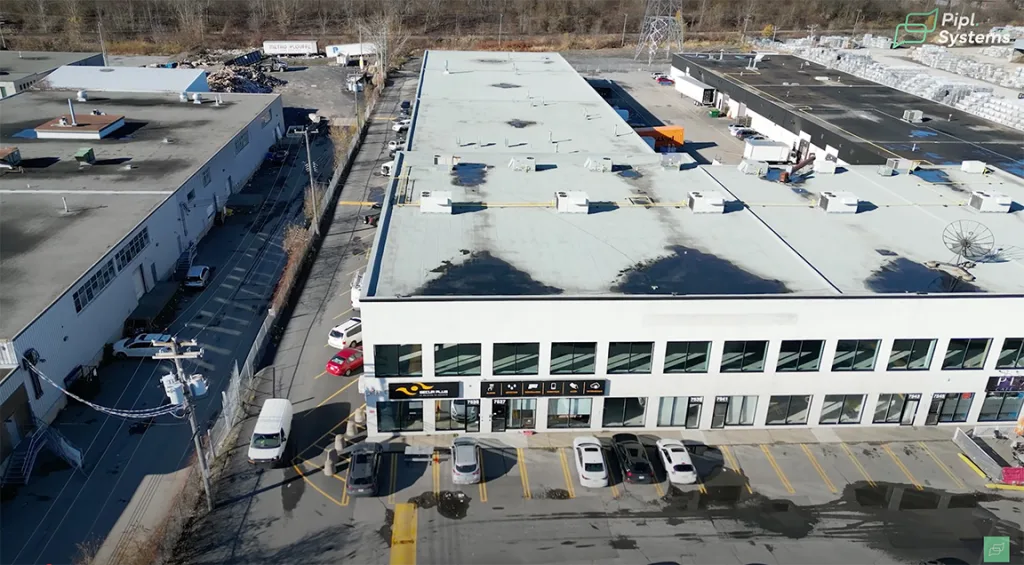
Technical Support for Clients
Oleg Bordiian: How do you handle technical support? Do you rely on manufacturers, or do you have an in-house support team?
Vincent Rossi: We use a hybrid approach. Clients can always contact us first, and if needed, we escalate their issues to manufacturers. Some manufacturers allow end-users to contact them directly, but we prefer to manage the process ourselves.
We record all customer calls and service requests, which allows us to track previous issues and send the right technician or manufacturer support when needed.
Revenue & Business Scale
Oleg Bordiian: Can you share some insights into your company’s revenue?
Vincent Rossi: Absolutely. Over the years, SecurPlus has grown to serve 7,000 customers across residential, commercial, and industrial sectors. Our annual revenue averages between $6 to $10 million CAD, depending on project volume.
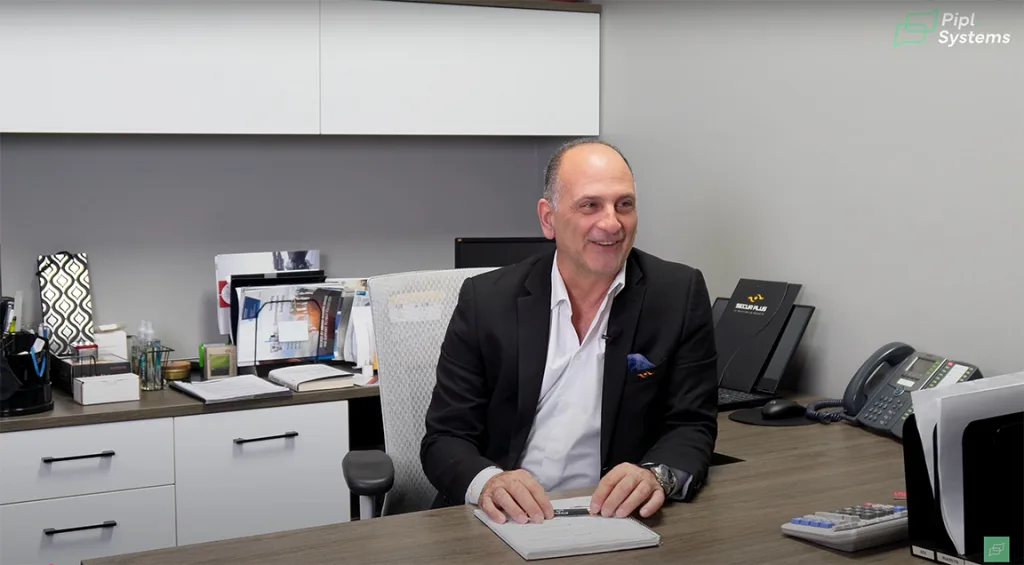
Expanding Beyond Local Markets
Oleg Bordiian: Your company is based in Montreal, but do you operate outside of Quebec province?
Vincent Rossi: Yes, while our head office is in Montreal, we service the entire Quebec region and also handle projects in Ottawa. Additionally, we’ve worked on projects in Vancouver, New York, and even Singapore.
When jobs require technicians abroad, we collaborate with trusted subcontractors and partners. This mutual support system allows us to serve clients internationally while also assisting U.S. and overseas companies with projects in Quebec and Canada.
The Secret to Expanding a Local Security Business
Oleg Bordiian: Security system installation is typically a local business. How do you manage projects outside your main region?
Vincent Rossi: It’s all about relationships. We rely on manufacturer recommendations and industry referrals to find reliable installers in other areas.
For example, if a Motorola partner in the U.S. needs a job done in Montreal, they refer the project to us, and we return the favor when we have jobs in their area. This partnership network helps us expand without the need for a physical presence in every region.
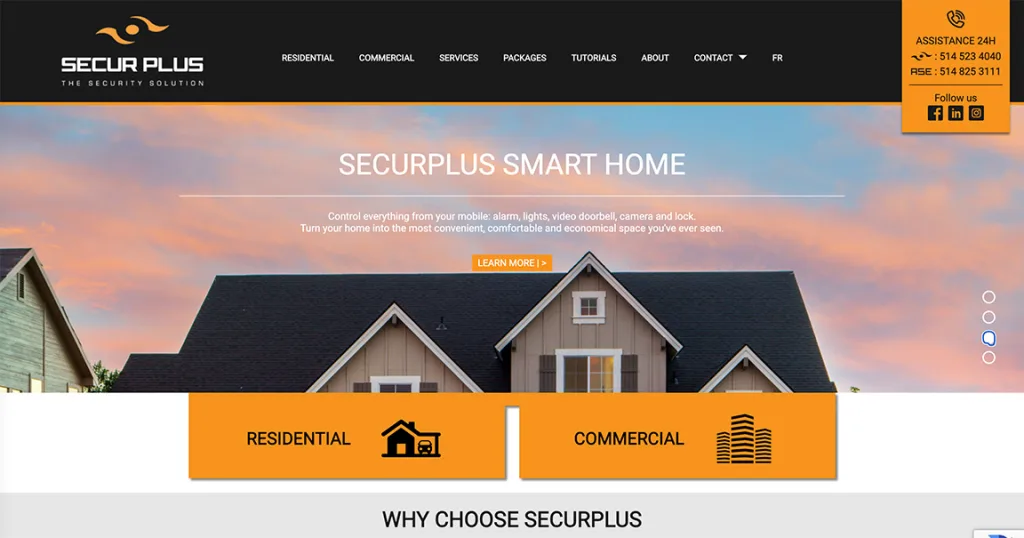
Working with Manufacturers vs. Distributors
Oleg Bordiian: Many installers buy from distributors, while others work directly with manufacturers. What’s your approach?
Vincent Rossi: We do both. We have strong distribution partners, but we also work directly with manufacturers when they require certified dealers.
Manufacturers typically require:
✔️ Training & certification to ensure installers understand their products.
✔️ Consistent purchase volume to maintain dealer status.
✔️ Strong project pipeline to justify direct support.
By maintaining manufacturer partnerships, we gain better pricing, training, and support, which benefits both SecurPlus and our customers.
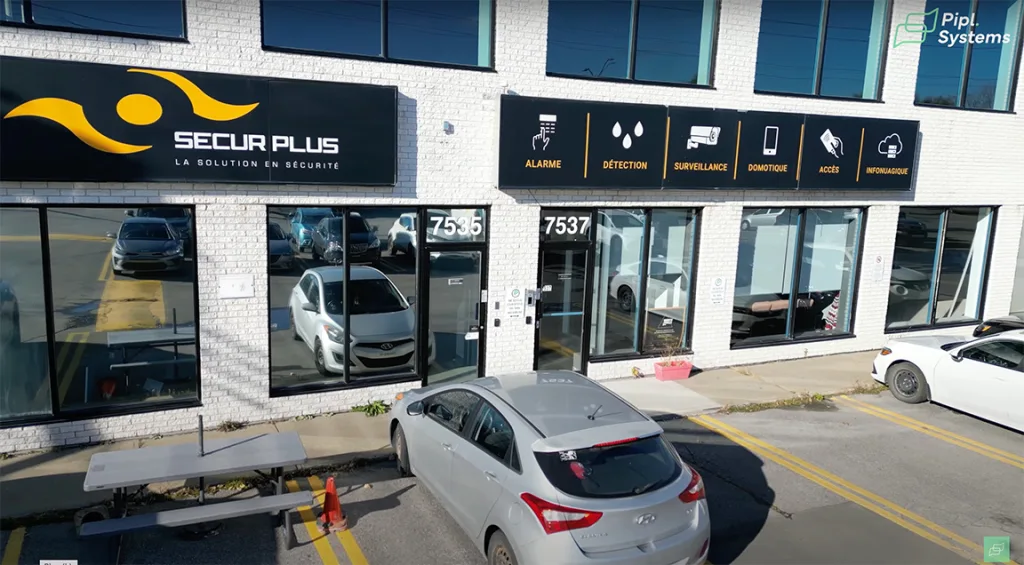
Training & Product Knowledge in Security Integration
The Importance of Installer Training
Oleg Bordiian: Vincent, in your opinion, what is the key to success in the security integration business?
Vincent Rossi: The key is training. Every member of your team—whether it’s sales, installation, or service—should have in-depth knowledge of the products they work with. You can’t effectively sell or install something you don’t understand.
If I don’t know how to sell a calculator, how can I convince someone it’s the right one for them? The same applies to security systems—your sales team, installers, and support staff must fully grasp the solutions they’re offering.
The Learning Curve for Small Installers
Oleg Bordiian: That makes sense, but would you agree that many small installers struggle to find the time to learn? They often learn on the job while completing projects, which might limit their growth.
Vincent Rossi: Absolutely. I’ve been in their shoes—I started as an installer myself in the early ’90s. But the reality is, if you want to build a successful business, you need to invest time in learning.
When you understand your products inside and out, you can provide better service, more confident sales, and higher-value solutions. Clients are willing to pay 10–15% more for expertise. If you’re constantly rushing, you’re just surviving, not growing.
To scale your business, you must pause, learn, and strategize. It’s not just about installing a product—it’s about understanding the full security solution and guiding the client to the best decision.
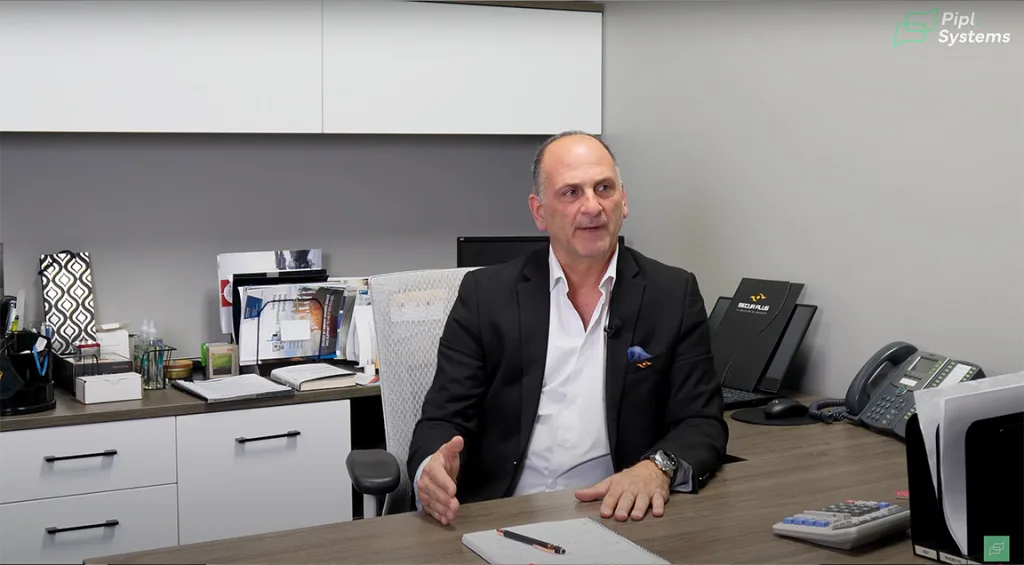
The Risk of Sticking to One Brand
Oleg Bordiian: Another trend I’ve noticed is that many installers stick with a single brand. They learn how to set up one product line and rely on it for their entire career. But technology evolves—some brands fall behind, and new solutions emerge.
Vincent Rossi: That’s a common issue, and it limits growth. The security industry is evolving rapidly with AI, cloud technology, and hybrid security systems. If you only work with one brand, you risk falling behind.
However, I also don’t recommend spreading yourself too thin. You don’t need 20 different camera brands or five different alarm systems—it becomes impossible to manage inventory, train technicians, and provide quality service.
Choosing the Right Product Mix
Oleg Bordiian: So what’s the best approach? Should installers work with multiple brands or focus on a few?
Vincent Rossi: It’s about balance. You should have two key products in each category—one for enterprise clients and one for residential/commercial markets.
For example:
- Cameras – One high-end brand for large-scale projects, one affordable option for smaller clients.
- Alarm Systems – Enterprise-grade security for businesses, a streamlined solution for homeowners.
- Access Control & Intercoms – A robust system for commercial sites and a simpler one for small businesses or residences.
This approach allows you to standardize installations, simplify training, and maintain strong supplier relationships while still being adaptable to customer needs.
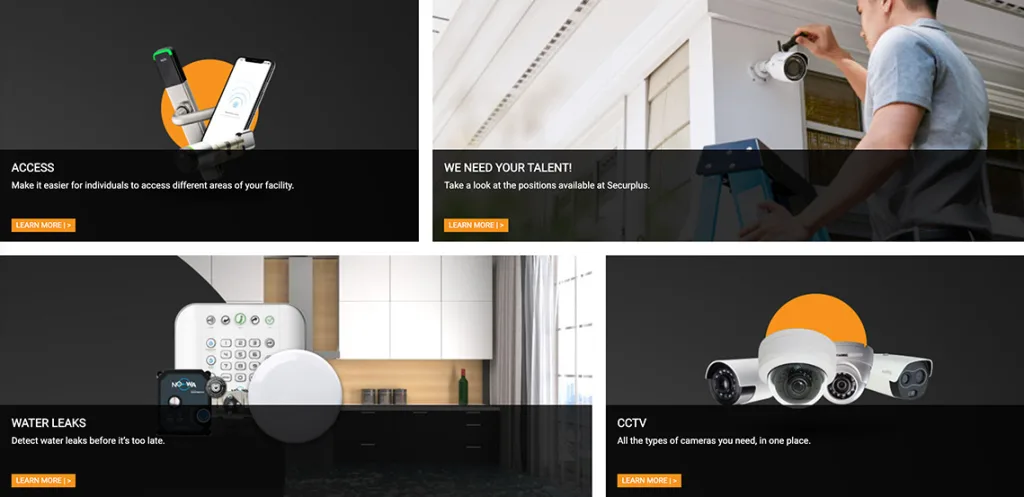
Cloud-Based Security Solutions vs. On-Prem Systems
Oleg Bordiian: You mentioned cloud security earlier. Some installers focus only on residential, while others prefer large commercial projects. How does cloud fit into this picture?
Vincent Rossi: Cloud is a game-changer, but it’s not for everyone. Many businesses still prefer on-premises security systems due to concerns about data privacy and control.
On-prem solutions are critical for high-security environments—banks, government facilities, and enterprises that don’t want their data connected to the internet. However, cloud-based systems offer:
✔️ Remote access for real-time monitoring.
✔️ Automatic updates without the need for on-site maintenance.
✔️ Scalability, allowing businesses to expand their security networks easily.
The challenge for security professionals today is understanding when to recommend cloud vs. on-premises solutions.
Cloud Security vs. On-Premises Solutions
The Role of Cloud in Security Systems
Oleg Bordiian: Vincent, earlier you mentioned the growing role of cloud security in the industry. Some companies still prefer on-premises solutions, while others are moving to the cloud. What’s your take on this shift?
Vincent Rossi: Both on-prem and cloud-based security have their place. Certain organizations—like government agencies, national defense, and high-security enterprises—prefer closed-circuit on-prem systems for complete control over their data.
However, cloud solutions offer major advantages for companies with multiple locations. Let’s say a business has offices in Montreal, Toronto, and New York. Instead of setting up separate IT and security teams in each location, cloud-based management allows them to monitor and update all sites remotely.
With automated updates, security professionals can log in from anywhere and adjust settings without on-site intervention. Cloud security is advancing, with better firewalls and cybersecurity measures, making it a viable choice for many businesses.
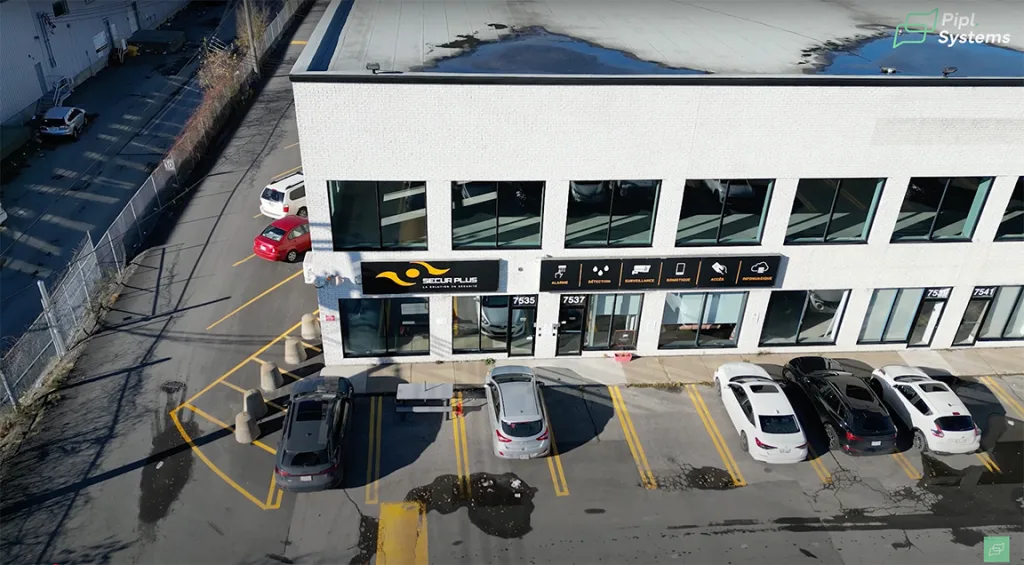
Cloud Storage & AI-Based Security Analytics
Oleg Bordiian: So cloud isn’t just about storage—it also offers advanced security features?
Vincent Rossi: Exactly. Cloud systems allow for real-time AI analytics. For example, if a security team needs to track people wearing red jackets, metadata can be stored in the cloud, and AI can instantly search through surveillance footage to identify relevant individuals.
These features are possible without requiring massive on-prem storage. With a monthly subscription, businesses get continuous software updates, AI-driven analytics, and remote management tools.
Who Benefits Most from Cloud Security?
Oleg Bordiian: Would you say cloud security is more common for commercial clients, or do you see residential customers adopting it as well?
Vincent Rossi: Cloud security works for both commercial and residential clients. Even something as simple as a Google Nest camera relies on cloud storage.
For businesses, cloud services provide scalability and flexibility. Instead of investing $100,000–$200,000 in physical servers, they can pay per camera or per license—adapting to their needs without large upfront costs.
For homeowners, cloud-based security gives easy remote access, automatic updates, and AI-powered detection without the hassle of managing hardware.
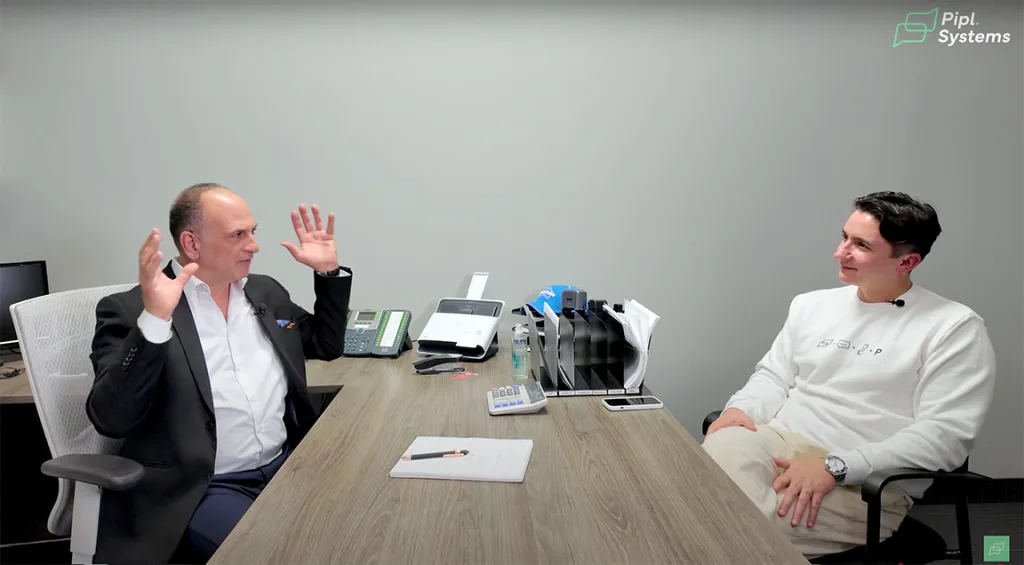
Recurring Revenue & Security Monitoring Services
Oleg Bordiian: In North America, security monitoring services are a major business model. Many installers connect security systems to monitoring companies and earn monthly commissions. How important is this revenue stream?
Vincent Rossi: Recurring revenue is crucial. It allows businesses to stabilize cash flow during slow months.
If you build a subscription-based customer base, your company remains financially secure even when new installations slow down. Clients pay monthly fees, covering software updates, remote monitoring, and AI-driven security features.
For businesses, predictable revenue means they can invest in growth, better services, and staff expansion. Without recurring revenue, they’d rely only on new installations, making cash flow unpredictable.
Why Some Installers Miss Out on Recurring Revenue
Oleg Bordiian: I’ve noticed that some installers don’t offer monitoring services. They just install cameras and alarms, leaving out the recurring revenue opportunity. Why do you think that is?
Vincent Rossi: Many small installers struggle with administration. When you run a one-person or two-person business, managing invoices, subscriptions, and customer billing can be overwhelming.
However, modern CRM and billing software (like Zoho, QuickBooks, and automation tools) make it easier than ever to manage recurring payments.
By offering monitoring services, installers keep clients engaged. A homeowner or business receiving a monthly invoice is more likely to return for upgrades or new installations. If you just install once and move on, they might forget your company name when they need future security improvements.
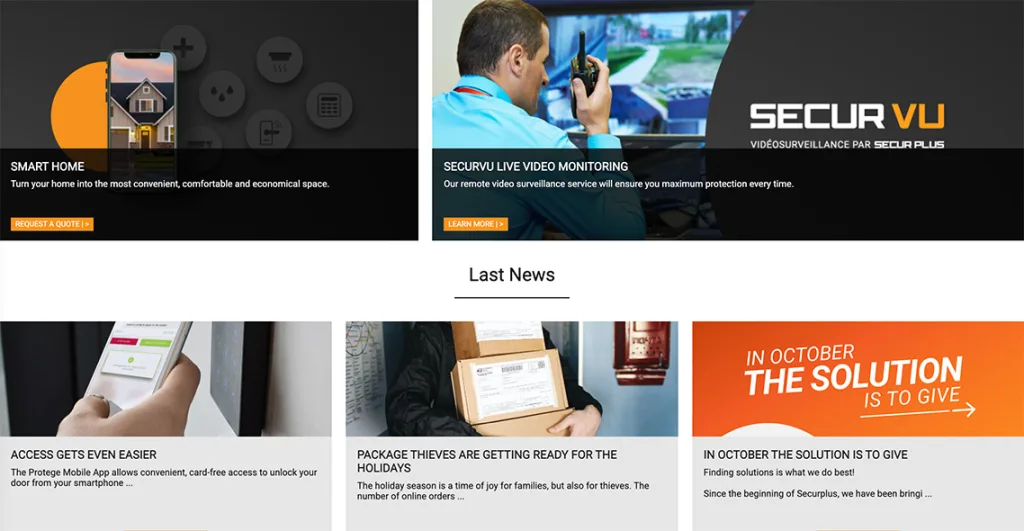
The Power of Subscription-Based Growth
Oleg Bordiian: So, building recurring revenue streams is the key to business stability?
Vincent Rossi: Absolutely. Imagine having 1,000 customers paying $30 per month—that’s $30,000 in monthly recurring revenue. Even after covering monitoring station costs and staff salaries, the long-term financial benefits are significant.
This model isn’t just about profit—it ensures that a business can survive slower months and continue growing.
From Technician to Business Owner: Vincent’s Journey
How It All Started
Oleg Bordiian: Vincent, let’s talk about your early career. You mentioned starting in the 1990s—what made you enter the security industry?
Vincent Rossi: I studied technology and electronics in college. One of my projects involved voice recognition with Z80 processors—pretty advanced for its time!
After college, I began working as a technician for a small security company, installing alarm systems and surveillance equipment.

Buying the Company: A Path to Ownership
Oleg Bordiian: And then, at some point, you bought the company?
Vincent Rossi: Exactly. The owner of the company wanted to retire, and I saw an opportunity. I purchased the business, expanded its operations, and built SecurPlus into what it is today.
Advice for Technicians Wanting to Become Owners
Oleg Bordiian: Many technicians work for installation companies, but few think about ownership. What advice would you give to someone who wants to buy a business instead of just working for one?
Vincent Rossi: If you’re a technician, pay attention to the business side of things—customer management, pricing, and operations. Many successful businesses are sold by retiring owners, and if you understand how the business works, you can take over and continue its success.
The Road to Success in Security Integration
The Power of Acquisitions in Business Growth
Oleg Bordiian: Vincent, you’ve built SecurPlus into a highly successful security integration company. What’s your perspective on business growth? Can an installer grow without acquisitions, or is it essential?
Vincent Rossi: If you want to scale, you can’t do everything alone. Growth comes from either expanding organically or through acquisitions. Acquiring another company allows you to gain qualified staff, new clients, and additional expertise—things that could take years to build from scratch.
However, acquisitions alone aren’t enough. You must also be willing to listen, delegate, and continuously learn. No one knows everything, and even the most successful CEOs face daily challenges and learning opportunities.
The Changing Landscape of the Security Industry
Oleg Bordiian: What’s different today compared to when you started? What are the biggest challenges for security professionals?
Vincent Rossi: A lot has changed. When I started, I was a one-man operation—installing systems, handling invoicing, and doing everything myself. But today’s security industry is more complex, competitive, and technology-driven.
Key challenges include:
✔️ Labor shortages – Finding and retaining skilled technicians is harder than ever.
✔️ Advanced technology – AI-driven analytics, cloud security, and smart automation have changed the game.
✔️ Customer expectations – Clients are more informed and demand customized solutions.
To stay ahead, you need the right team. The best companies have top-level technicians, administrators, and salespeople. Success isn’t just about having the best technology—it’s about having the best people.
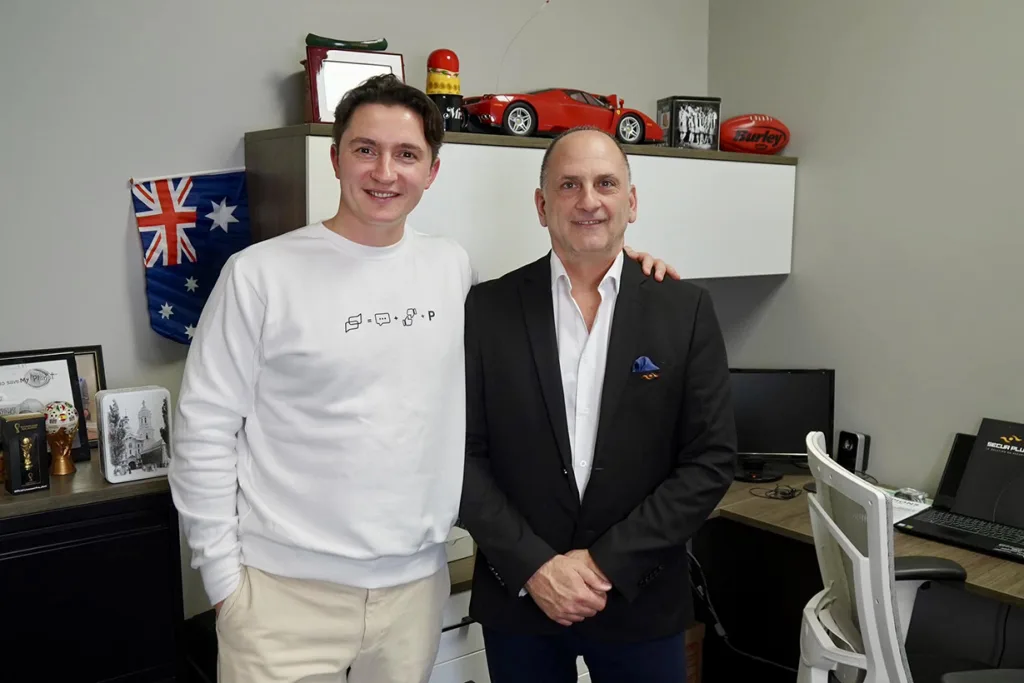
The Importance of Delegation & Work-Life Balance
Oleg Bordiian: Many small business owners struggle to delegate responsibilities. How important is delegation for long-term success?
Vincent Rossi: It’s critical. If you try to do everything yourself, you become a slave to your business. At first, I handled everything—sales, installs, and support—but that’s not sustainable.
Like in sports, a business is a team effort. Even in Formula 1 racing, the driver doesn’t win alone—they have engineers, strategists, and mechanics working behind the scenes.
To grow, you must trust your team and focus on leadership, strategy, and expansion.
Advice for Young Technicians & Future Business Owners
Oleg Bordiian: There are many young technicians considering starting their own business. What advice would you give them?
Vincent Rossi: If you’re a technician, the first step is to master your craft. But don’t stop there—learn the business side as well. Many successful businesses are sold by retiring owners, and if you understand operations, pricing, and customer management, you could acquire an existing company and scale it.
Alternatively, if you start from scratch, be prepared to sacrifice time and effort. The first few years will be tough, but if you have the passion, drive, and long-term vision, you can succeed.
The security industry is no longer a luxury—it’s a necessity. With the rise of AI monitoring, cloud security, and smart access control, the demand for skilled professionals is only growing.
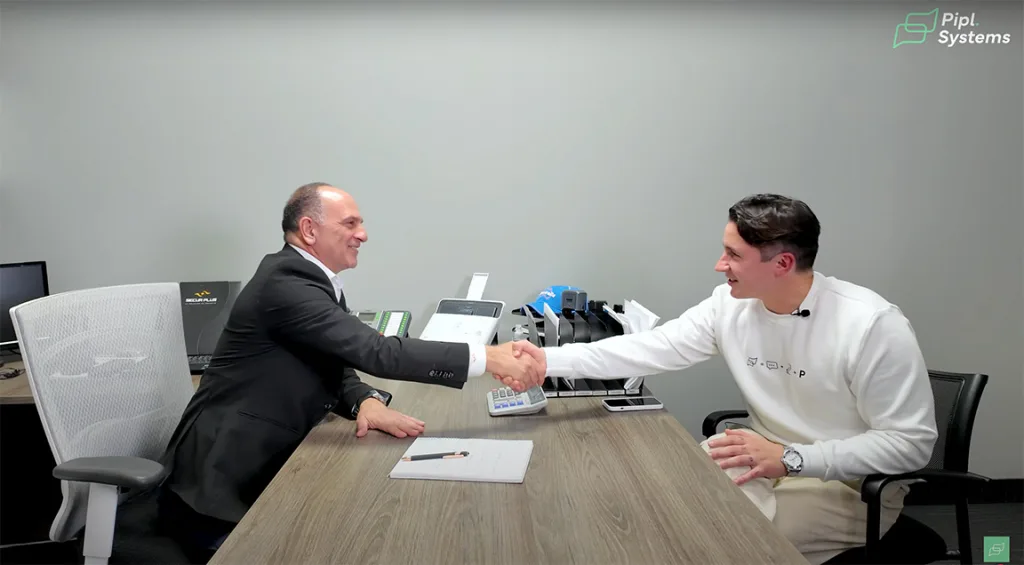
🔹 About SecurPlus
For over 30 years, SecurPlus has been a leader in security system integration, providing cutting-edge security solutions for residential, commercial, and enterprise clients.
Why Choose SecurPlus?
✔️ Comprehensive Security Solutions – From access control to AI-powered video surveillance.
✔️ Expert Team – Highly trained technicians, administrators, and security specialists.
✔️ Customized Installations – Tailored security setups based on your business or residential needs.
✔️ Cloud & On-Prem Solutions – Scalable security that adapts to modern challenges.
📍 Serving Montreal, Quebec, and beyond – with international partnerships in the U.S. and beyond.
📞 Contact SecurPlus Today:
Phone:
Sales:
1 514 523 40 40 ext: 3
Support:
1 514 523 40 40 ext: 223
Email:
Sales:
[email protected]
Support:
[email protected]

📢 Sign Up for Pipl Systems’ Newsletter!
Want more expert content like this? Pipl Systems provides:
📌 Step-by-step installation guides.
📌 Hands-on tutorials & product reviews.
📌 Podcasts & interviews with industry leaders.
📌 Case studies from professional installers.
🔹 💡 Get the latest security insights straight to your inbox!
👉 Sign Up for the Newsletter
